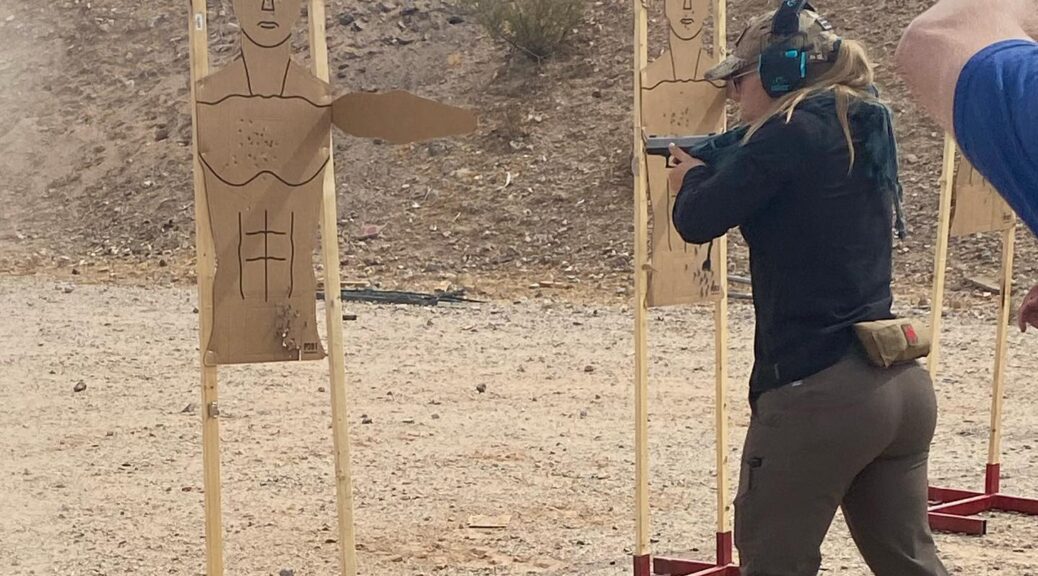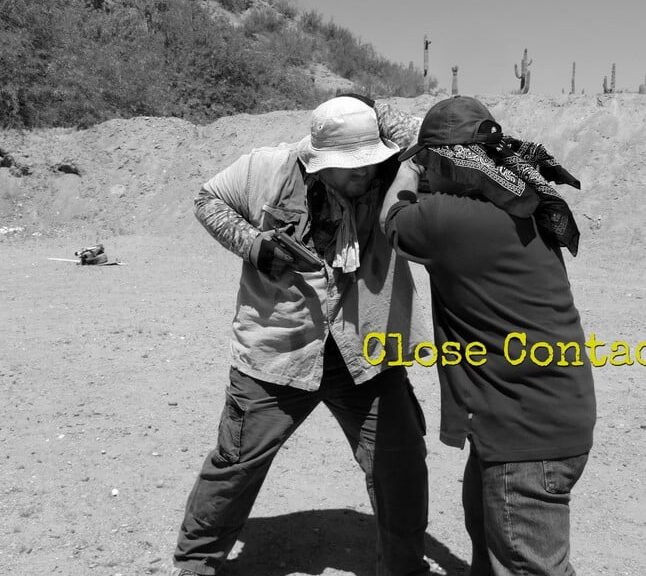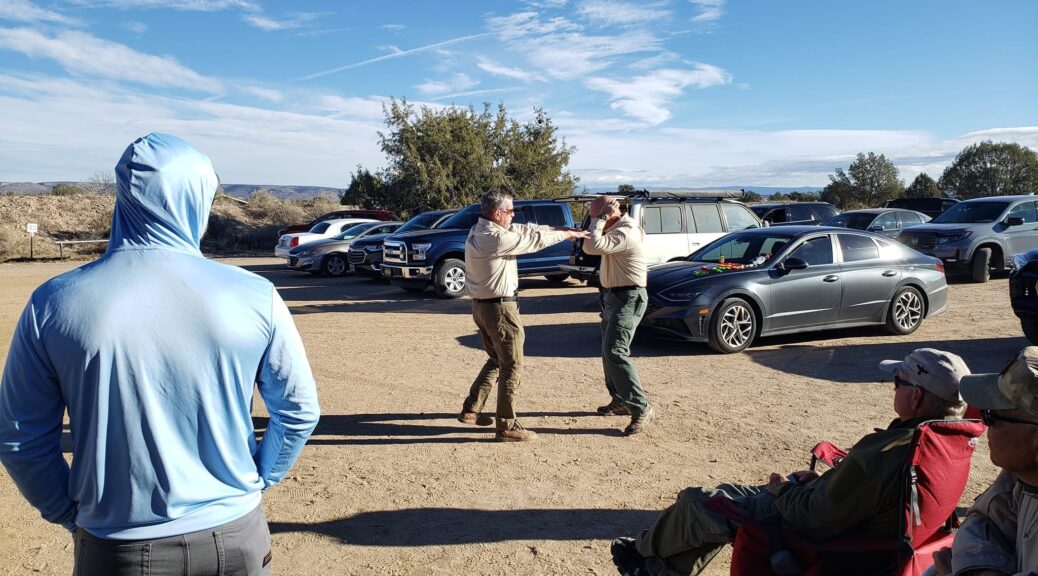With the risk of sounding like a horrible cliche, I have been a life-long shooter. I shot my first firearm (my dad’s winchester ‘97) during a dove hunt when I was five. I shot in an adult skeet shooting league when I was 12 and 13 (and generally finished in the middle of the pack). My first dove and quail hunt when I was actually participating in the shooting was at 11. My first coyote, javelina, and deer hunts were when I was still in middle school. My first defensive oriented shooting class was with Chuck Taylor in 1985, and I went to Gunsite and took 250 General Pistol when I graduated college in 1987.
I say this to establish the very real fact that I grew up in a time when firearms were treated as the precision machines that they are. I was indoctrinated that after firing any gun, I did not go to bed with it dirty. A firearm was to be maintained at all times, and it was to be treated as a valuable tool to be preserved while being used, with the idea that they would be handed down to the next generation in as close to the same condition as when they were originally obtained. In fact, that very first gun I shot – the Win 1897 – was my grandfather’s that he had from when he was a young man in the early 40’s (before he went off to India in WW2 to help fly the Burma Hump) and my Dad still sued it until is was stolen around 1976. The same time that my father taught me how to use a gun, during that same lesson he taught me how to clean them. The two things were intrinsically intertwined.
But somewhere along the way, that concept has at times seemed to be lost. Now, it is fashionable to brag about not cleaning your guns, to the extent that the brag is how long has it been since the last cleaning.
In some ways, there is some validity to that with the preponderance of polymer guns, that have a slightly less need for as much cleaning and lubrication as all metal firearms do. It’s certainly nice to be able to just shoot a gun, and occasionally dump some more oil on a few moving parts and call it a day. I just can’t be one of those who do so. I feel that anything made of metal to any extent, that has moving parts that rub against each other, that I am counting on to possibly save my life, should be taken care of as the machines they are. When I was a teenager, I worked in a machine shop that made high end aerospace parts. The CNC machines they used were the lifeblood of that business, and got a lot of use. At times round-the-clock use. But every chance they got, each one was cleaned as often and as well as possible, along with massive amounts of lubrication. They knew it was needed to keep them working, and those machines were built to a far higher tolerance and massively stronger than any firearm ever built, and still cleaning was crucial.
The other reason that I clean the guns so often is that I enjoy handling firearms. That time breaking the guns down, cleaning, oiling, and reassembling them is just more time to build intimate familiarity with them, and have a greater and deeper sense of proprioception when I use them. I like shooting, and I like having extra excuses to be around guns.
I do the same thing with all of my knives and edged tools. Whenever they are used in any way, even if it is the knife equivalent of dry fire, I tend to at the very least wipe them down with a soft cloth and check to see if they need a light coating of oil. When I was super hardcore into the Filipino Martial Arts in the 80’s and 90’s, not a day went by that I did not use a blade for practice and that was always followed by a bit of polishing/wiping down. I have a WW2 style kukri that is a big blade and at my old house whenever I needed to do landscaping, that kukri was my main tool. It did a great job keeping my giant Palo Verde tree under control, but afterwards it was covered in tree sap/muck/bark/shards, and even though it was relatively inexpensive and easily replaced, I still treated it with the reverence a Ghurka soldier probably would, and it got the careful cleaning.
So I will continue to be a Fudd and clean my guns every time after use, or at least as soon as possible in cases as when I am traveling. I certainly am not advocating for anyone to follow my path, and I don’t judge anyone else for their way if they choose to do the more modern thing of ignoring these extra steps, but for me, it is not a chore, but something to enjoy.






